Venice is naturally a strange place to visit. Rising out of the Adriatic Sea, the city comprises 118 islands, connected by over 400 bridges and walkways. Getting lost is all part of the fun though you're never lost for long.
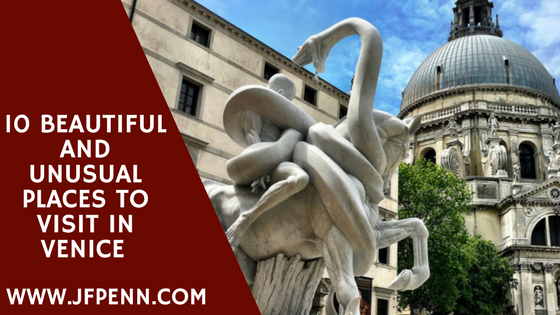
But turning away from the main thoroughfares helps you avoid the tourist crowds. You’ll find more of the real city by navigating the narrow alleys and crossing the spectacular squares.
On a recent trip, we stayed on Lido island, only a short ferry ride to San Marco. Absolutely recommended for avoiding the tourist throng! Click here for my photo album.
Get more out of your stay by exploring these unusual places to visit in Venice.
1. Treasures from the Wreck of the Unbelievable
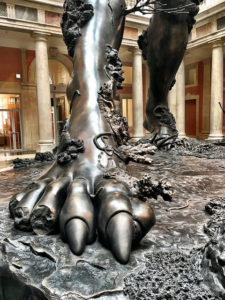
The entire exhibition is a single body of work, devoted to the story that frames the show. The sculptures are treasures apparently salvaged from a shipwreck 2000 years ago. According to Hirst's legend, the collection belonged to a freed slave, Cif Amotan II, who was sending his art to a temple on board the ‘Unbelievable’.
The exhibition runs until December 3, 2017. You can buy tickets online here.
I also wrote about Hirst's art, money and ambition on my writing blog and you can see more of the pictures there too.
2. St Mark's Basilica

The basilica also houses the treasury where you'll find a collection of reliquaries. They contain the bones of various saints. We've already looked at bizarre religious relics but these reliquaries are something else. The reliquaries themselves are beautiful, made of gold and crystal.
It costs a little extra to see, but it's one of the more unusual places to visit in Venice.
3. Libreria Acqua Alta
If you're anything like me, you can't resist a visit to a bookshop. But how would you cope as a bookstore owner in a city built on water that regularly floods?
This particular Venetian store hit on an elegant if eccentric solution. They store books, maps, and magazines in bathtubs or waterproof bins. One room even boasts a gondola as a makeshift shelf.
In English, its name means ‘Library of High Water'. So every time the local canals flood, the contents rise with the waterline. Its stacks have even been known to house the occasional stray cat, keen to avoid the flooding.
4. The Flooded Crypt of San Zaccaria

That said, the undercroft mostly contains the bodies of local leaders (or doges) from the earlier period. The crypt is a beautiful space of columns and vaults, but the permanent level of water adds to its otherworldly charm.
The main church is breathtaking too, but this quiet crypt is one of the more unusual places to visit in Venice. If you'd like to visit, use the entrance in the Campo San Zaccaria, and turn right. A docent sits at the desk and will admit you through a mundane-looking door that belies the beauty beyond.
5. San Servolo Insane Asylum Museum
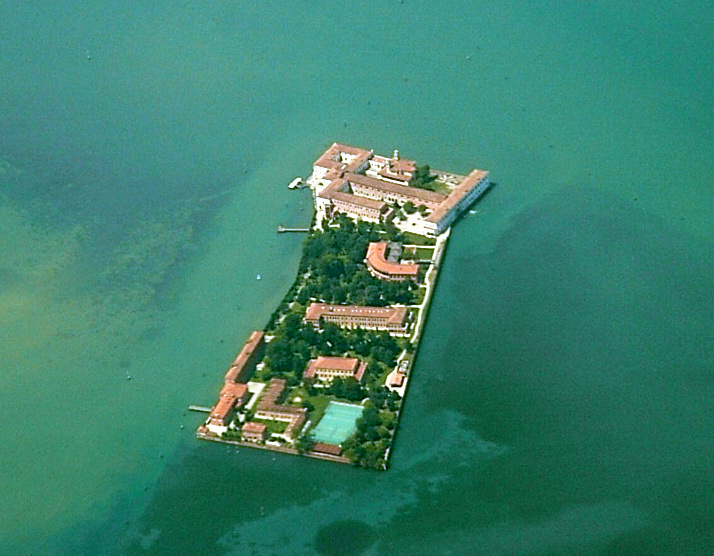
San Servolo is known as the “Island of the Mad”. Opening in 1725, it acted as the city's official mental asylum for 250 years.
During its years of operation, it admitted over 200,000 patients. It closed in 1978 though the Venetian government decided it wanted to preserve the history and the documents of the hospital. They created the Institute for the Study of Social and Cultural Marginalization and reopened in its current form in 2006.
The museum is divided into nine sections, including the Laboratory, Straightjackets, and the Anatomical Theatre. As well as housing disused equipment, the archives also hold photo albums and library collections. You can see rare trees and plants in the park which originally provided ingredients for the pharmacy.
San Servolo puts a public face on the history of mental illness in Venice. Another abandoned asylum quietly rots on Poveglia Island, which is currently closed to visitors.
6. Lazzaretto Nuovo
The Venetian authorities didn't just use the islands as industrial outposts or mental hospitals. They also used them as quarantine spaces for plague victims.
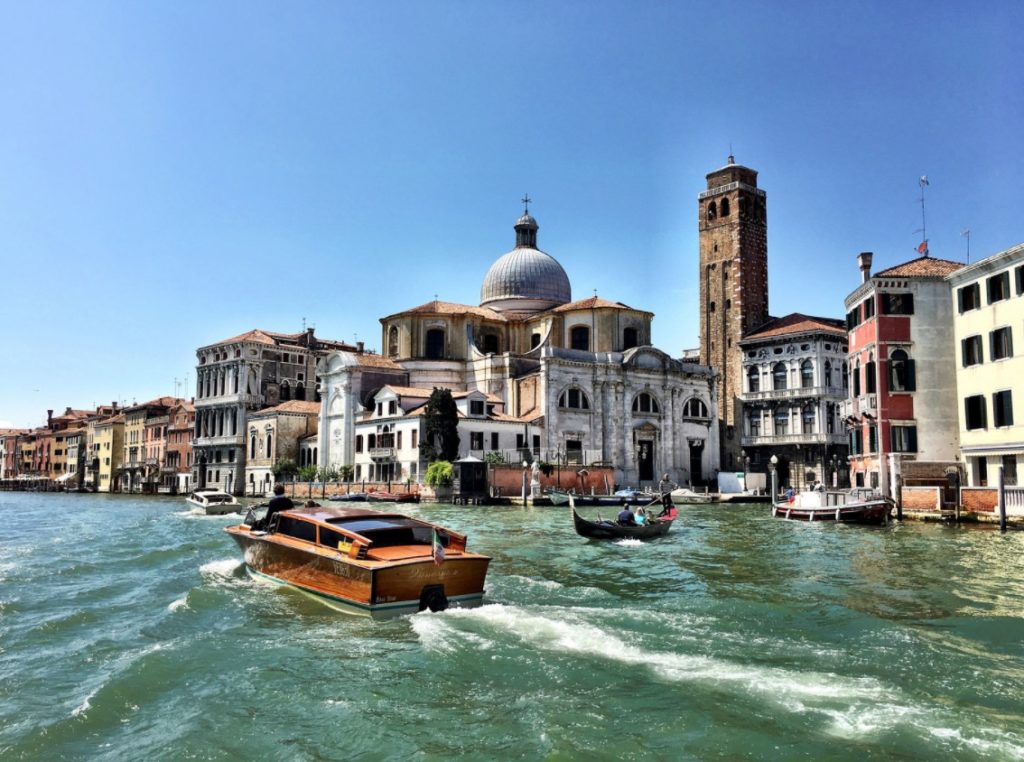
The Lazzaretto Vecchio (Old Quarantine) opened in 1423 as a plague hospital, as well as a quarantine zone. In 1468, the Lazzaretto Nuovo (or New Quarantine) opened as a way station for incoming ships. Thousands of people were sent to the islands during plague outbreaks in 1576 and 1630, which explains the mass graves on both islands.
The Lazzaretto Nuovo is perhaps the better known of the two, and it’s also famous as the home of the Vampire of Venice.
It gained its supernatural reputation after a skull was discovered in a mass plague grave in 2005. The woman's skull had a brick jammed in her mouth, which ties in with old superstitions around killing vampires. This method of dispatch relates to the ‘Shroud Eater' vampires, which allegedly cause destruction while still in their grave. The brick apparently gave them something else to chew on.
The Lazzaretto Nuovo later became a defensive fort under Napoleon and it was abandoned in the 1970s. Recent restoration allowed the island to be reopened to the public. Visitors can now see maritime artefacts, as well as museums that explain the strange history of the island.
The number 13 ferry runs nearby but you'll need to make a request to stop at the island, one of the eeriest places to visit in Venice.
7. Torcello
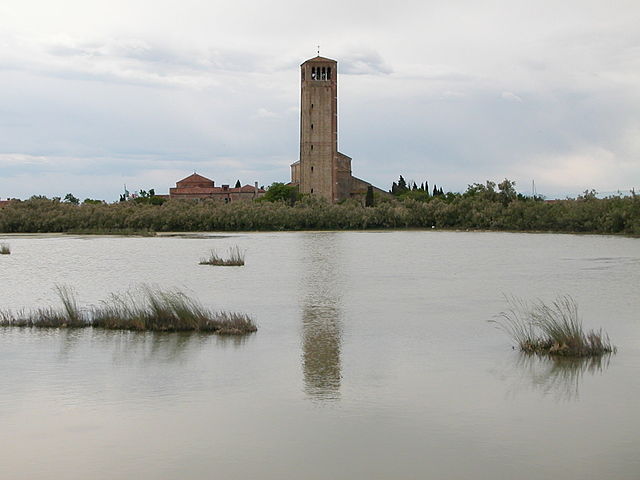
The city was first established here in the 7th century and some think it was occupied by the Romans. In the 12th century, a malaria outbreak on Torcello saw the nearby Rialto settlement eclipse the island as the heart of Venice. Its cathedral harks back to the Byzantine style of the era while museums on the island tell its story.
You can reach it by taking a ferry to Burano, switching to another boat once you're there. The museum and churches lie a 10-minute walk from the ferry stop. So you'll have plenty of time to admire its crumbling beauty. It's not abandoned, but it's definitely off the beaten track. Hemingway certainly loved its quiet tranquillity.
8. Arsenale

The Arsenale gave birth to the galleys of the Venetian Republic during its heydey during the Renaissance period.
The site boasts exhibitions during the Biennale, but it's still worth a visit during the rest of the year. Restoration work is underway in many of the buildings and workshops of the vast walled area. The Naval History Museum is a must-see for fans of warships, but it also holds maps, weapons and gondolas.
They even hold a Bucintoro, a replica of the doges’ ceremonial barge.
9. The Jewish Ghetto
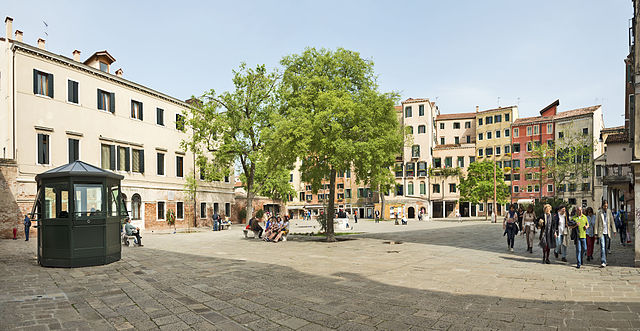
The Jewish Ghetto stands as a testament to the segregation that once characterised the jewel of the Adriatic.
The Ghetto Vecchio and Ghetto Nuovo campos in Cannaregio comprise the Jewish Ghetto. It's separated from the medieval heart of the city as it was originally a foundry. The authorities could minimise the risk of damage if fires broke out.
But in 1516 the authorities decided to use this remote area to house the Venetian Jews. Rules and laws regulated their lives in the district. The bridges were even guarded at night to keep the Jews in their ghetto. There was no room for expansion so the Jews built upwards, which explains the lofty heights of many of the buildings.
Yet they hold remarkable secrets. Some of the buildings boast beautiful synagogues on their top floors, hidden from prying eyes behind simple facades. You can take a tour of these spaces, or visit the museum. As with any area characterised by persecution and cruelty, be respectful to the surrounding history.
10. Strange architecture

The Devil's Bridge is accessible, so you can try crossing without falling in the canal.
If that's not enough strange architecture for you, then pay a visit to the Bovolo Staircase. You'll find it in a cul-de-sac near Campo Manin, clinging to the walls of the 15th century Palazzo Contarini del Bovolo. According to legend, the owners asked for an extra staircase, and when the architect could find no space for one inside, he simply added it to the outside of the building.
The tower is off limits due to renovation work, but you can still see it from the outside. Its spiral of arches is great for the photographers among you and the courtyard garden provides a breather from the bustle of the city. It's definitely one of the more unusual places to visit in Venice.
I love Venice and will definitely be heading back there.
Once you have ticked off the main sites, you can spend more time in the back streets and more curious places. Perhaps I might see you there …
